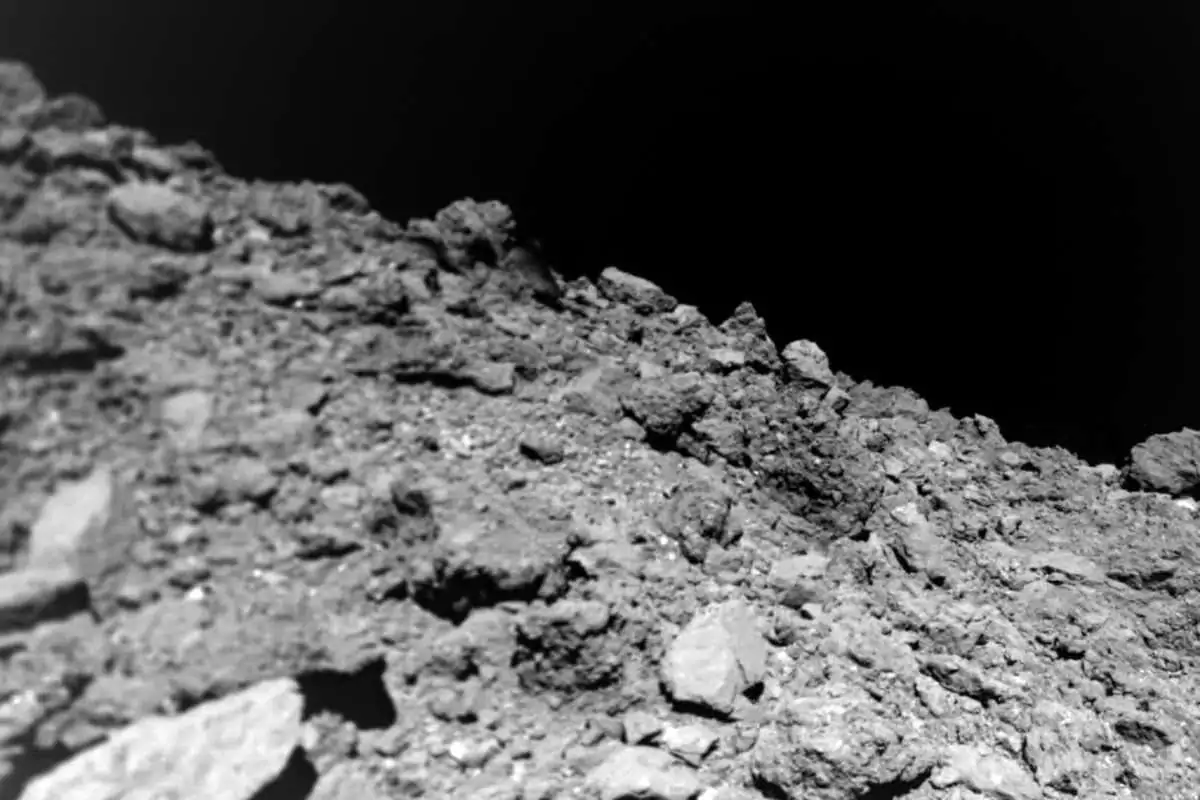Japanese scientists during the study of soil samples from the distant asteroid Ryugu found more than 20 different amino acids that make up proteins. This may be a confirmation of the theory of the cosmic origin of the materials that form the basis of life on Earth.
NASA specialists managed to isolate isoleucine and valine, as well as glycine and glutamic acid in the sand from the asteroid. It is believed that amino acids were originally abundant on Earth when it appeared more than 4.5 billion years ago. However, then they could not survive the period when the Earth was covered with magma.
Until now, amino acids have been found in meteorites found on Earth. However, since their fragments were in contact with the earth’s surface and air, it cannot be ruled out that amino acids got into them after the fall. The samples taken from Ryugu can confirm the theory that amino acids were brought back to Earth by meteorites flying over the planet during its cooling.
